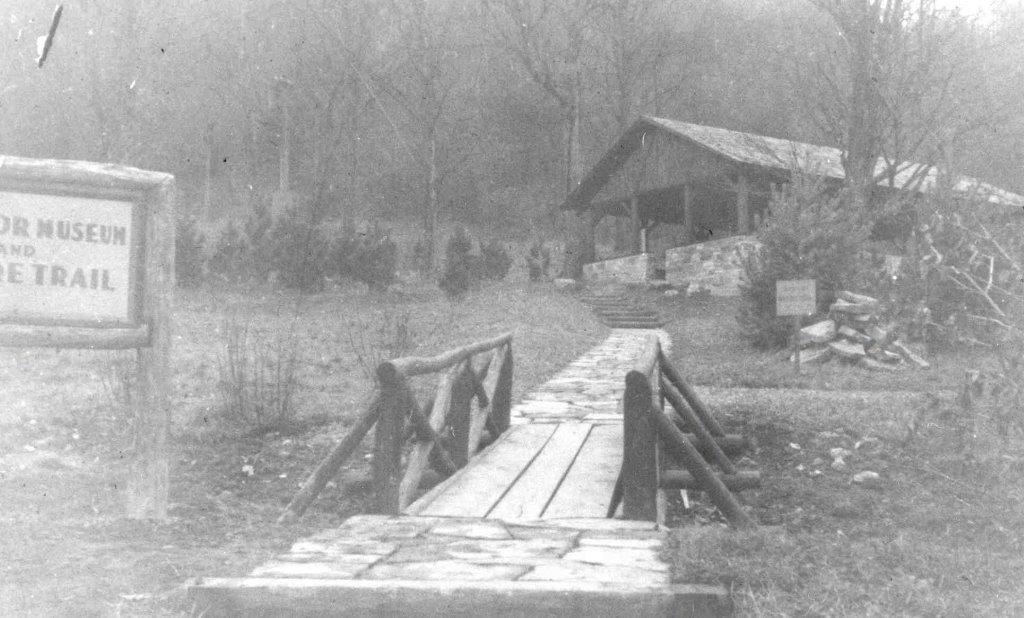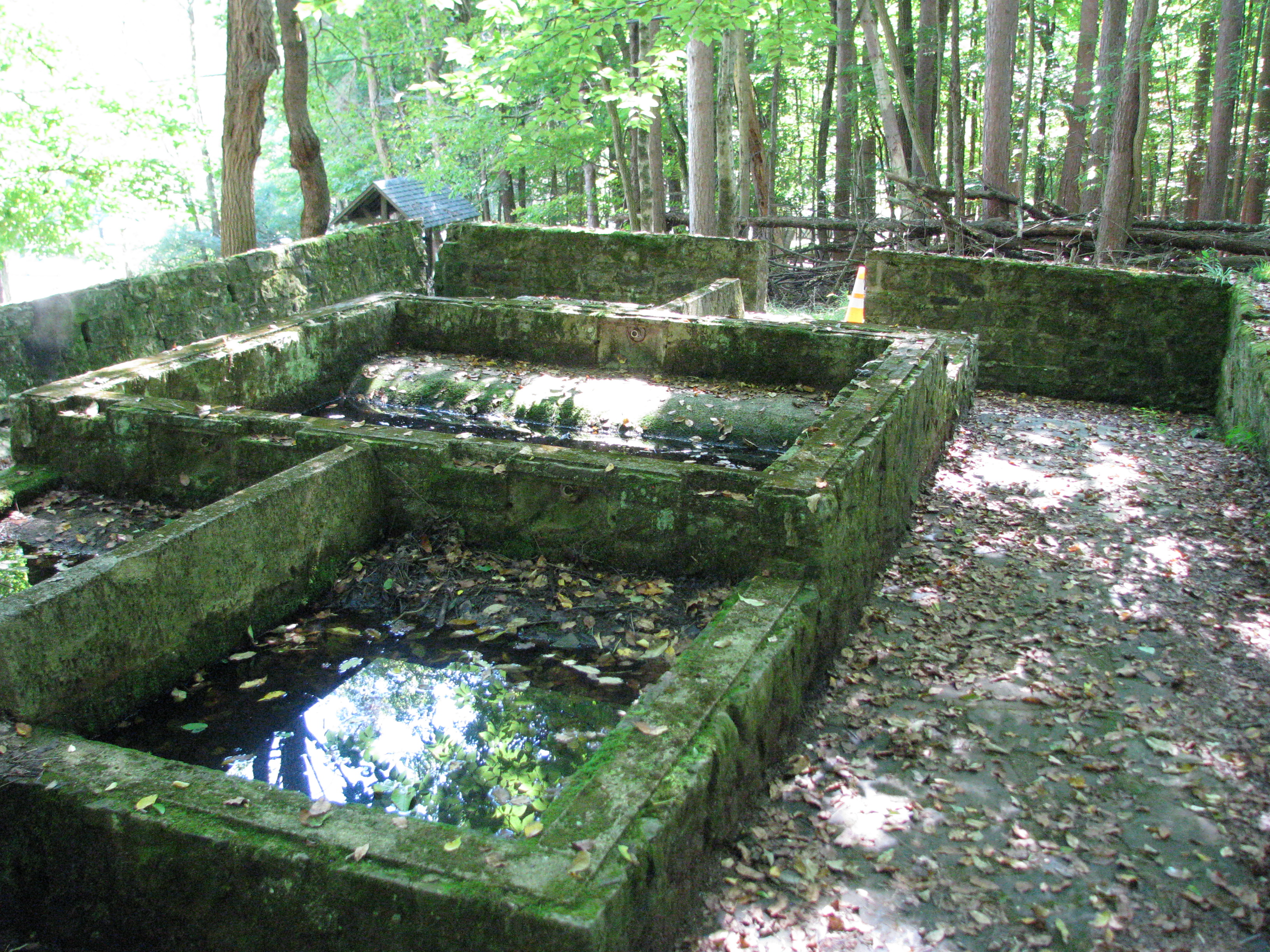During the 1930s when racial segregation and Jim Crow held sway over much of America, there was a Depression-era federal public works unit where African-Americans, not whites, were in command. And it was here in New York State Parks.
To combat rampant unemployment among young men, President Franklin Roosevelt had created the Civilian Conservation Corps (CCC) in 1933 to perform public works projects.
The struggles of the 1930’s reached beyond the economic depression. Major environmental issues plagued the nation as well. The impact of poor farming practices, deforestation, and destructive pests were just a few of the things destroying thousands of acres of usable land. Across the nation, the CCC immediately put its companies to work solving these two major crises at once.
While discrimination based on ‘race, color, or creed,’ was against Roosevelt’s founding policy, that was to exist almost only on paper. When the first CCC companies formed, racial segregation was part of the process. After two years of operation, this practice became official policy in 1935 when CCC Director Robert Fechner insisted on complete segregation of whites and colored enrollees. The only exception allowed was if a company was formed in an area of the country with a small African American population.
Enrollees from big cities and small towns all over New York found themselves at Camp Dix, New Jersey, with thousands of other men who were desperate for work. Upon arrival, men were assigned to a 200-man company, although many colored companies numbered less than 100. Each company was given a number, and a lowercase ‘c’ was added for ‘Colored’ where needed. And policy dictated that those in charge of all companies were white Army officers.
Men from New York quickly filled slots in several ‘Colored’ companies forming at Camp Dix. As these companies moved around the country, they were trained on the job by local professionals who were also white. Pressure from Congress, the National Urban League, and the National Association for the Advancement of Colored People (NAACP) began immediately for African American officers and professionals to work with African American companies, but it would be several years before things changed.
Click on this slideshow of the men of the Civilian Conservation Corps “Colored” companies from New York State.
By the fall of 1933, colored companies from Fort Dix including 246-c, 247-c, and 1245-c were formed and immediately sent out. Company 246-c was shipped by train to Chelan, Washington State, to fight fast-moving forest fires. Their next mission took them across the country to Yorktown, Virginia, to excavate colonial buildings and reconstruct two historic sites — the Moore House and the White Swan Tavern, both of which still stand today.
From Virginia, the men of 246-c headed back to New York to the Orange County town of Wawayanda to begin working on the Wallkill Flood Control Project, a ten-mile-long canal designed to change the direction of the river and stem seasonal flooding.
Company 247-c headed to Idaho to build roads and fire trails and plant hundreds of trees in the Lake Pend Oreille Forest. They later went south to work as archaeologists at the Yorktown Battlefields collecting pottery chards and other bits before returning to New York. Company 1287-c fought forest fires in Idaho, built roads in Virginia, then moved into New York, joining the other companies for the Wallkill project.
Company 1245-c headed out in 1934 to create fire breaks, build truck trails, plant trees and dig wells before heading to the Wallkill. Company 3210-c and 3211-c, formed in 1935, went directly to the Wallkill project, with 3211-c later heading a few miles north to build roads.
Health care and food services were year-round jobs as well with the CCC, and often these were the first positions filled by young African American men. During the early years of the program, African Americans could be found as cooks and health orderlies but rarely as the head chef, doctor, or dentist.
Initially, trained African American officers in the U.S. Reserved Army were totally ignored, then slowly as more pressure from members of Congress and other groups continued, they began filling positions as medical officers, working alongside African American orderlies and chaplains. By 1936, such outside pressure forced Fechner to set-up a “demonstration camp” in Gettysburg, Pennsylvania, where a Colored company would be managed by African American commanding officers. If the experiment worked, other companies could be switched over.
While the Gettysburg effort was successful, only one other CCC company ever saw the change to Colored officers _ 1252-c in New York State. Initially stationed at the Newtown Battlefield Reservation outside of Elmira, Chemung County starting in 1935, this company had started with white officers like all the rest. But in June 1939, colored officers were quietly brought in to run the unit.
The work of the men of Company 1251-c is still visible at Newtown Battlefield State Park, where they built the picnic pavilion and concession stand, sports fields, stone tables, and wooden bridges, as well as planted trees and plants, and added or graded topsoil.




Such work was only part of an average day for company members. Improving the education of enrollees was also part of the CCC’s mission. Civilian Educational Advisors (CEA) were local educators who were stationed at the various sites.
Classes were held regularly and for many of the colored companies stationed in New York the classes were taught by African American men. Reading and writing went hand in hand with Spanish, French, Mathematics, and Negro History. Recreational pursuits included bands, sports teams, and company newsletters.
Although hugely successful, the CCC came to an end in 1942 as the nation joined the Second World War. By then, more than two million men had gone into the program. Read more about New York’s history in the program in the Parks Blog post below…
Civilian Conservation Corps in New York State Parks
When Franklin Delano Roosevelt (FDR) became president in 1933, the entire nation was in a state of turmoil never seen before or since. It was the height of the Great Depression: unemployment was at 25%, croplands were failing, and millions of families were going hungry. As governor of New York State, FDR had implemented the…
Even in the face of economic hardship and ecological stress, racism and segregation had dogged the program each step of the way. CCC Director Robert Fechner’s insistence on racial inequality plagued the CCC in spite of constant pressure from the White House, Congress, and other groups striving to create a more equitable environment in the country.
The work done by the men in New York’s colored companies of the CCC continues to enrich the lives of New Yorkers everyday. Theirs is a legacy of strength we can all draw from.
Cover Shot: Company 246-c. All photographs from state Bureau of Historic Sites
Post by Lavada Nahon, Interpreter of African American History, state Bureau of Historic Sites
At Gilbert Lake State Park, Otsego County, other companies of the CCC constructed cabins, trails, roads, dams, and erosion control structures between 1933 and 1941. The park is also home to the New York State Civilian Conservation Corps Museum, which displays photographs and artifacts from the days of the CCC.






















































